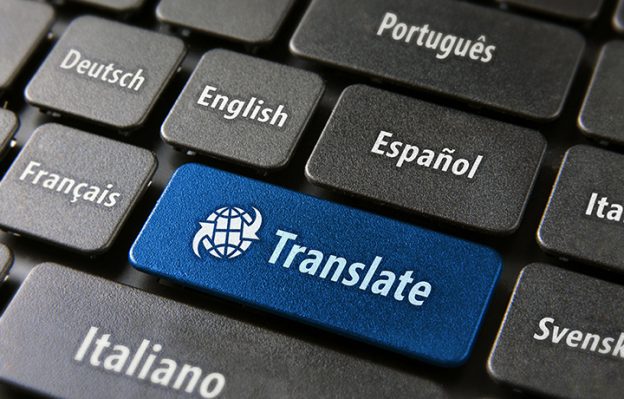Previously, I talked about the process called "pre-editing" that rewrites the original text to make it easier for the engine to recognize, which improves the quality of the translation immediately after machine translation.
▼Previous Article
Improving quality with pre-editing for machine translation!
This time, I would like to introduce the effects of pre-editing by showing you actual examples.
Let's consider the case of translating this English sentence into Japanese.
If you set the function to [On], if you do not operate the player and do not play DVDs for approximately 10 minutes, the unit automatically enters ECO mode.
First, the sentence is very long, isn't it?
Due to the use of adverbial clauses (if~) twice,
phrases like "you set~~", "you do not operate~~", and "the unit automatically enters~~"
result in the repeated appearance of "subject + verb", creating a complex structure.
In fact, when this sentence was translated by a machine, it resulted in slightly unnatural Japanese as shown below.
If you set the function to [ON], if the player has not been operated and has not played a DVD for about 10 minutes, the unit will automatically enter ECO mode.
The phrase "in the case of ~" appears twice, making it difficult to understand under what conditions it actually "enters ECO mode."
Therefore, I have pre-edited the English text as follows.
If you set the function to [On], the unit automatically enters ECO mode under the following conditions: – The player is not operated – DVDs are not played for approximately 10 minutes
By utilizing bullet points, each sentence has become concise.
The adverbial clause used in the first sentence is now only one,
and you can see that it has become a simple structure.
When subjected to machine translation in the pre-edited state, the following Japanese output was produced.
If you set the function to [ON], the unit will automatically enter ECO mode under the following conditions. – The player is not being operated – The DVD has not been played for about 10 minutes
The sentence is grammatically correct and conveys the content accurately.
Also, the use of bullet points makes it clear at a glance that there are two conditions.
Of course, there is still room for improvement in this Japanese as well, but I believe you can see that the quality of the translation is enhanced by pre-editing.
In this example, I explained English to Japanese translation, but
pre-editing is particularly effective when translating into multiple languages.
If the quality of the source text is poor, the amount of post-editing required will
multiply by the number of target languages.
Therefore, pre-editing is very important for cost reduction and quality improvement.
However, it is not simply a matter of rewriting indiscriminately,
and if you do not focus on the key points, you may not achieve the benefits proportional to the costs incurred,
and in some cases, the quality of the translation may actually decrease due to pre-editing.
At Human Science, we conduct sample translations in advance,
consider the necessity of pre-editing, and analyze the points for rewriting.
We also assist in creating the most suitable style guide for each project,
so please feel free to contact us.

























